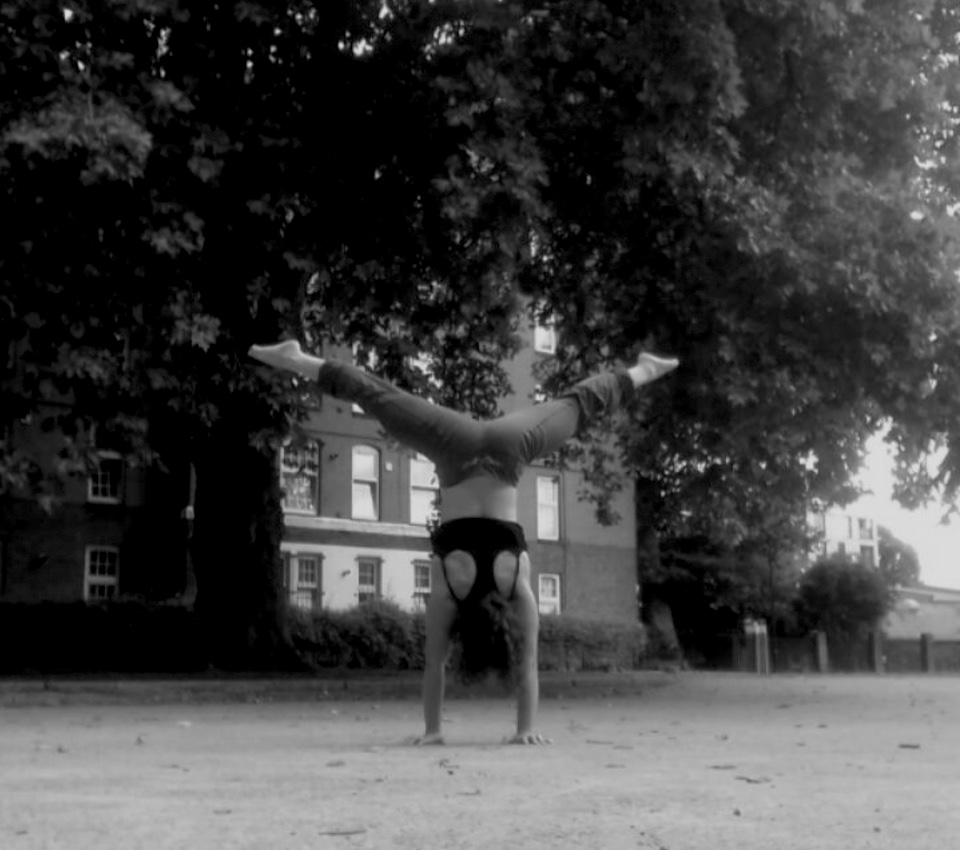
Are tight and weak shoulders impacting your handstands - Part 2
In part 1 of this post I talked about how a lack of shoulder flexion affects our handstand alignment. Often, this presents itself as a banana handstand.
As a quick recap, tight pecs, biceps, lats and teres major are the main muscles that impact shoulder flexion range of motion.
Foam rolling and stretching can help to lengthen these muscles and improve our overhead flexibility.
However, we can also add strength training to speed up the process while increasing shoulder strength and stability.
If the above muscles are short and tight, the opposing muscles may be weak.

Are tight and weak shoulders impacting your handstands - Part 1
A common problem adults experience when learning to handstand is a lack of shoulder flexion. They lack the strength and/or flexibility to open the shoulder angle to 180 degrees of shoulder flexion.
This affects the alignment of the handstand.
The workaround is to arch the spine.
This allows us to align our wrists, elbows and shoulders and balance our hands, resulting in a banana handstand.
A banana handstand isn't wrong, but it will limit your handstand progress.

How to Increase Core Strength with this Single Movement.
Are you a gymnastic skill seeker who struggles to maintain the hollow body shape in movements like push-ups, chin-ups, handstands, back and front levers?
We often hear coaches telling their clients to "contract your core", "brace your abdominals", or "get tight."
What do these cues actually mean?
Do we breathe in?
Do we breathe out?
Do we crush walnuts between out but cheeks?
How do we increase our midline tension and stop our lower back arching in gymnastic movements that require a tight hollow body shape?
The most critical movement its………

Popeye was a gymnastics skills seeker
Today, I wanted to talk about forearms.
Whenever I think of forearms, the first character that comes to mind in Popeye.
I'm not going to tell you to eat your spinach so you can grow up to become a big and strong gymnast. But if you want to be able to perform sick gymnastics skills like handstands, planche, muscle-ups and forward rolls, you'll need to train your forearms.

Sustainable Handstands - Beginners Workshop
Would you like to learn how to handstand? Are you new to handstands or struggling to find you alignment and balance? Are you looking to progress your handstand training? TSTM has just the workshop for you.

On Fear -an introduction to handbalancing
Do you remember when you were always upside-down as a child? Do you remember the endless afternoons practicing handstands, cartwheels, aerials and back flips? Do you remember what it was like being fearless?
If you do, good for you, your childhood was probably healthier, more adventurous and more fun than mine. Hold onto that memory, it will come in handy.

Handstand Accumulation: Be Smart, Be Patient
Do you want to be good at handstand? Let me give you some basic advice, learning to handstand should not start with handstands! Far too often we see “newbies” trying to kick-up to handstand with little or no awareness of alignment or how to control a handstand. It’s often these people who also start to comment on how painful their wrists are when training handstands. Hopefully, this article will offer some useful advice on where to start your handstand training and how to prepare your wrists and shoulders for handstand training. This post will focus more on the control of handstand and building strength, endurance and mobility in the wrists and shoulders. Handstands also require an understanding of body alignment, but that for another post.
